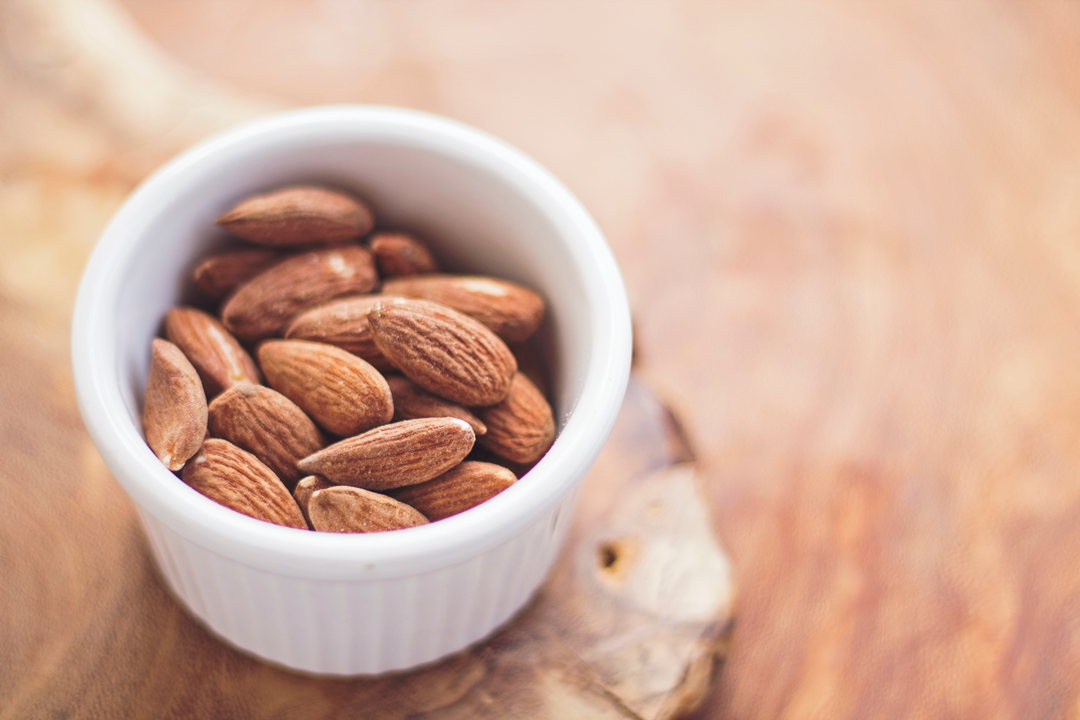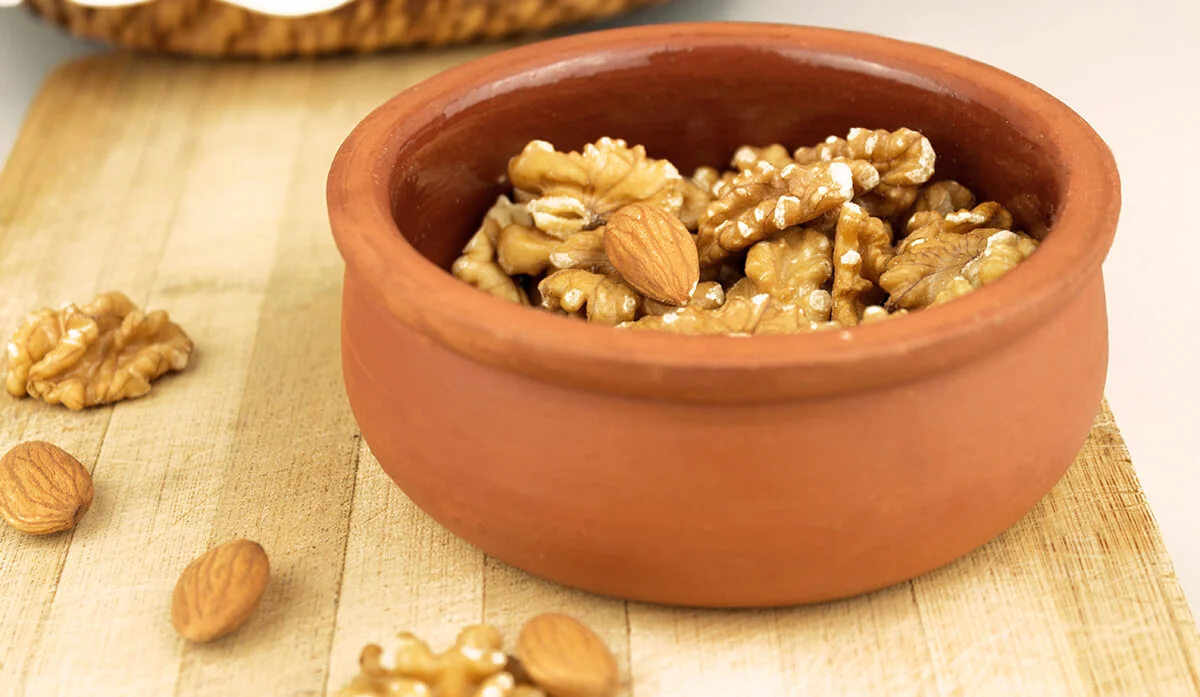Snack Trends
Jerky, chocolate, Dried Fruits, Popcorn
In 2017, consumers reported for the first time eating more during snack time than at mealtime. This change presents a big opportunity for produce and retail as people look for healthier options, but only if we as an industry harness this potential by evolving our perspective and methods.
Consumer eating trends have shifted away from three set meal times and toward snacking throughout the day, with 94 percent of Americans snacking at least once a day and Millennials, as a generation, choosing to snack as often as four or more times a day. Overall, snacking accounts for half of all eating occasions. With increased frequency of snacking comes growing demand for snacks that couple substantial nutritional value with convenience and a variety of appealing textures and powerhouse flavors that satisfy.
In today’s world of snacking and mini-meals, protein is a dietary powerhouse, and that is good news for meat snacks.
In a world where consumers are always looking for a new experience, sweet-coated dried fruits and nuts add an indulgent, unique twist to the usual produce offerings.
Ingredients, formats adapt to meet demands for healthier, portable products.
With snacking on the rise among all consumers, especially a certainly highly coveted and well-publicized demographic, it's safe to say that candy and salty/savory snacks will continue to loom large on the American food landscape, but these mainstay items are adapting in response to shopper and retailer needs.
With savory snack category sales projects to reach $45.9 billion after 2.8 percent growth over the past five years, legacy brands are leveraging demand for protein snacks such as pork, chicken, and trukeey jerkies.
Premium and dark chocolate are the strongest segments of the market in the United States in terms of growth. Unique products and consumption experiences are keeping consumers coming back for more. Knowing your local market and providing a product or experience that can not be found is key to finding the right business.
Specialty foods, whether gourmet, organic or all natural are the rage these days.
Recent research has revealed the potential health benefits of chocolate to the public. More and more people are embracing chocolates, some are even incorporating higher-quality treats into their daily routines. As a result, the premium chocolate market grew at an annual rate of 10.5% during the period between 2001 and 2005 compared to a paltry 1.8% of the overall chocolate candy sales.2 Premium chocolate is far and away the most exciting category in the confectionery segment.










